Why Real-Time Inventory Tracking Matters When Choosing a 3PL Partner
In today’s fast-paced logistics environment, visibility is everything. If your business depends on accurate, real-time data to manage orders, plan inventory, and meet customer expectations, then choosing a 3PL partner with strong WMS software is critical.
At Brendamour Warehousing, we offer a robust SaaS warehouse management system designed specifically for growing businesses that want more control, fewer errors, and round-the-clock visibility.
What Does a Warehouse Management System Do?
A warehouse management system (WMS) helps organize and optimize every aspect of your inventory, from inbound shipments to storage, order picking, and outbound logistics. But not all WMS platforms are created equal.
Our WMS software for 3PL clients offers real-time inventory tracking, which means you can view your current stock levels, order status, receipts, and shipments at any time from any internet-connected device, no phone calls or spreadsheets required.
Why Real-Time Inventory Tracking Is a Game-Changer
Real-time tracking isn’t just a convenience — it’s a competitive advantage. Here’s what it enables:
- Instant Inventory Visibility: Know exactly what’s in stock across all locations.
- Smarter Warehouse Inventory Management: Reduce overstock, avoid stockouts, and make better purchasing decisions.
- Fewer Manual Errors: Barcode and RFID integrations reduce human error and improve fulfillment accuracy.
- Faster Decision-Making: Make supply chain adjustments on the fly with up-to-date data.
This kind of transparency gives business owners the confidence to scale without worrying about operational blind spots.
Types of WMS: Why SaaS Leads the Pack
There are a few main types of warehouse management systems, each with different levels of cost, control, and scalability:
- On-Premise WMS
Installed locally on your company’s servers. Offers deep customization but requires expensive infrastructure, IT maintenance, and longer setup times. - Cloud-Based or SaaS WMS
Delivered via the internet with no need for in-house servers or software management. It’s subscription-based, highly scalable, and ideal for growing businesses that want flexibility and fast deployment. - Hybrid WMS
Combines on-premise control with cloud functionality. Used by large enterprises with legacy systems or specialized integration needs.
At Brendamour Warehousing, we use a SaaS warehouse management system designed to give our 3PL clients all the benefits of cloud-based logistics, including:
- 24/7 access to inventory, orders, and shipments from any device
- Automatic updates and maintenance (no IT staff required)
- Easy integration with your business systems
- Scalable performance that grows with your needs
Our clients get enterprise-level technology with none of the tech burden. You focus on growing your business — we handle the warehousing and data infrastructure.
Why Brendamour?
Brendamour Warehousing provides flexible, tech-enabled 3PL services across Ohio and Northern Kentucky. Whether you need long-term storage, fulfillment support, or full-service Cincinnati logistics, our WMS makes it easy to:
- Submit and track orders 24/7
- Monitor warehouse activity in real-time
- Customize inventory workflows
- Scale without added complexity
Our team is here to ensure you stay informed, in control, and one step ahead.
Ready to See Smarter 3PL in Action?
If you’re searching for a Cincinnati 3PL that delivers more than just space and shipping, let’s talk. Brendamour Warehousing combines personalized service with powerful warehouse management software to help your business run smoother, faster, and smarter.
Contact us today to learn more about how our WMS can support your growth.

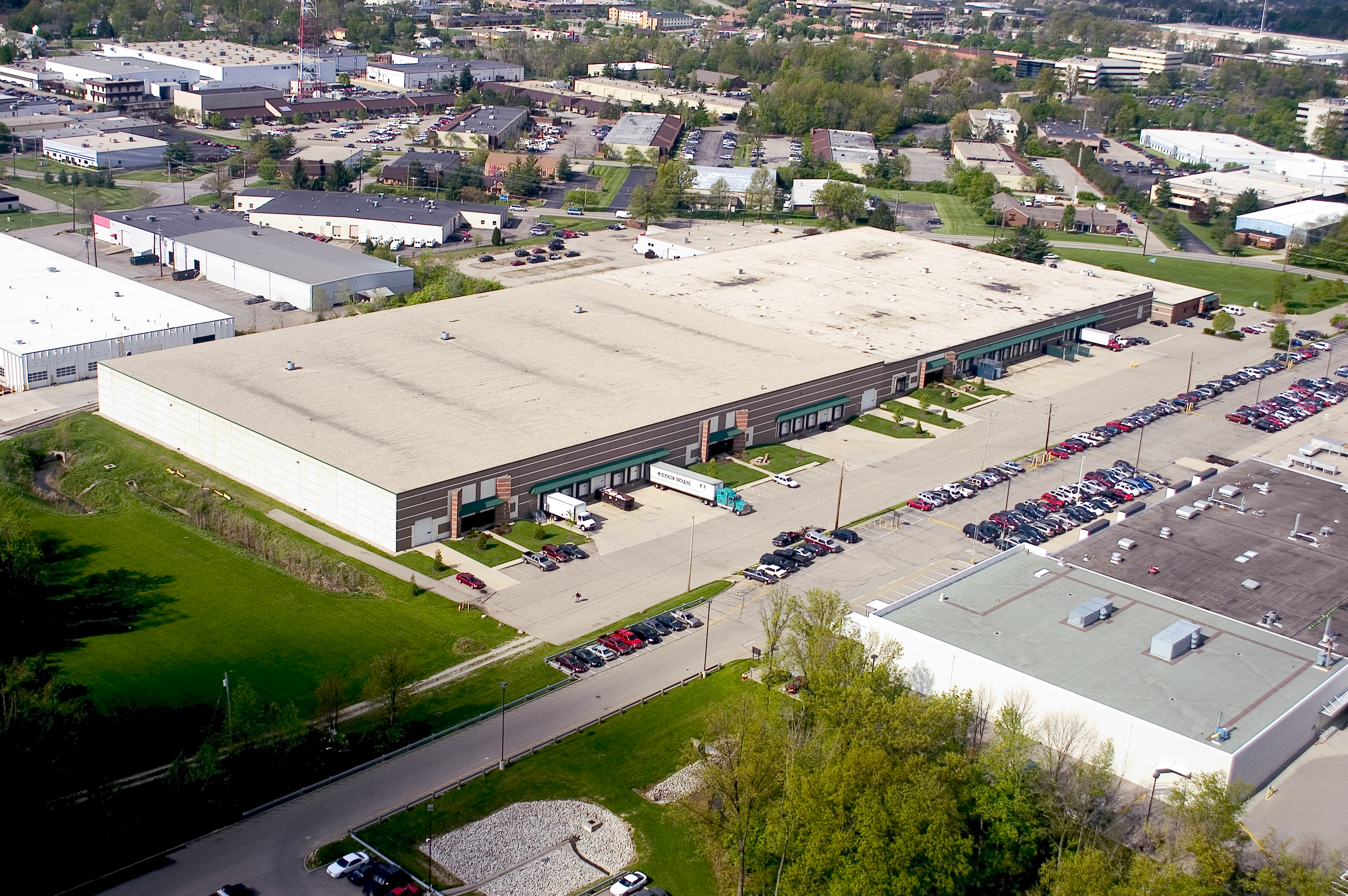

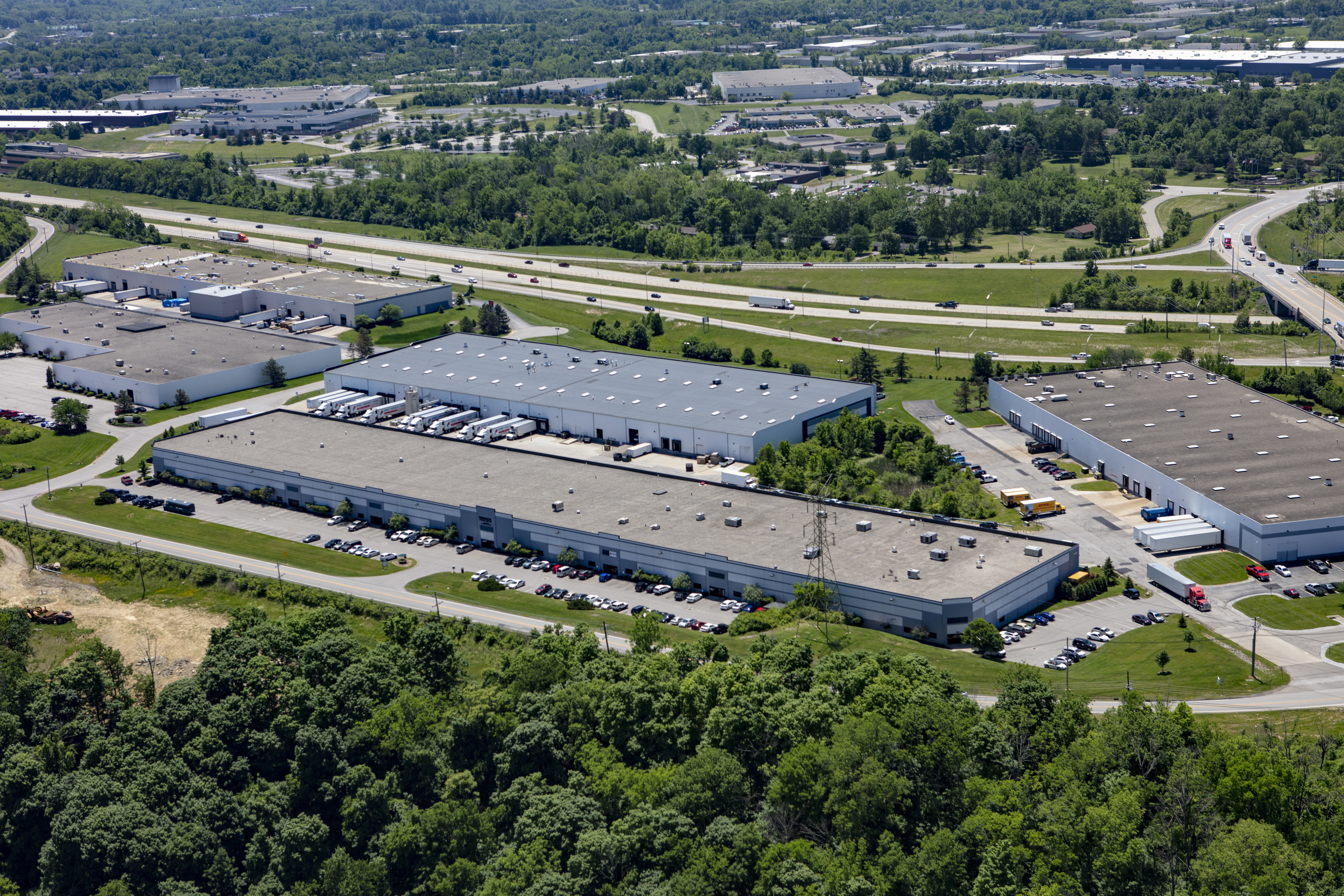
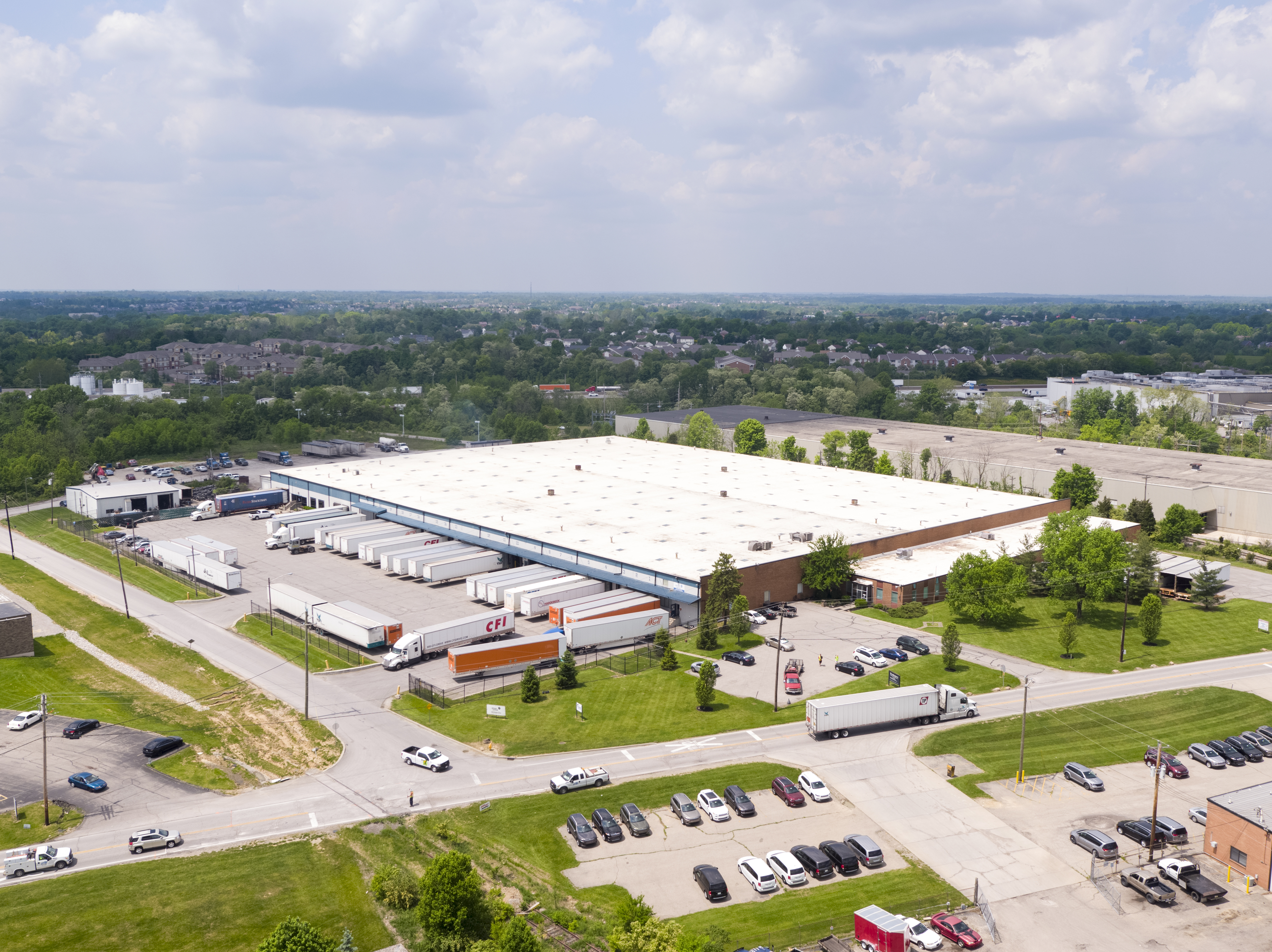
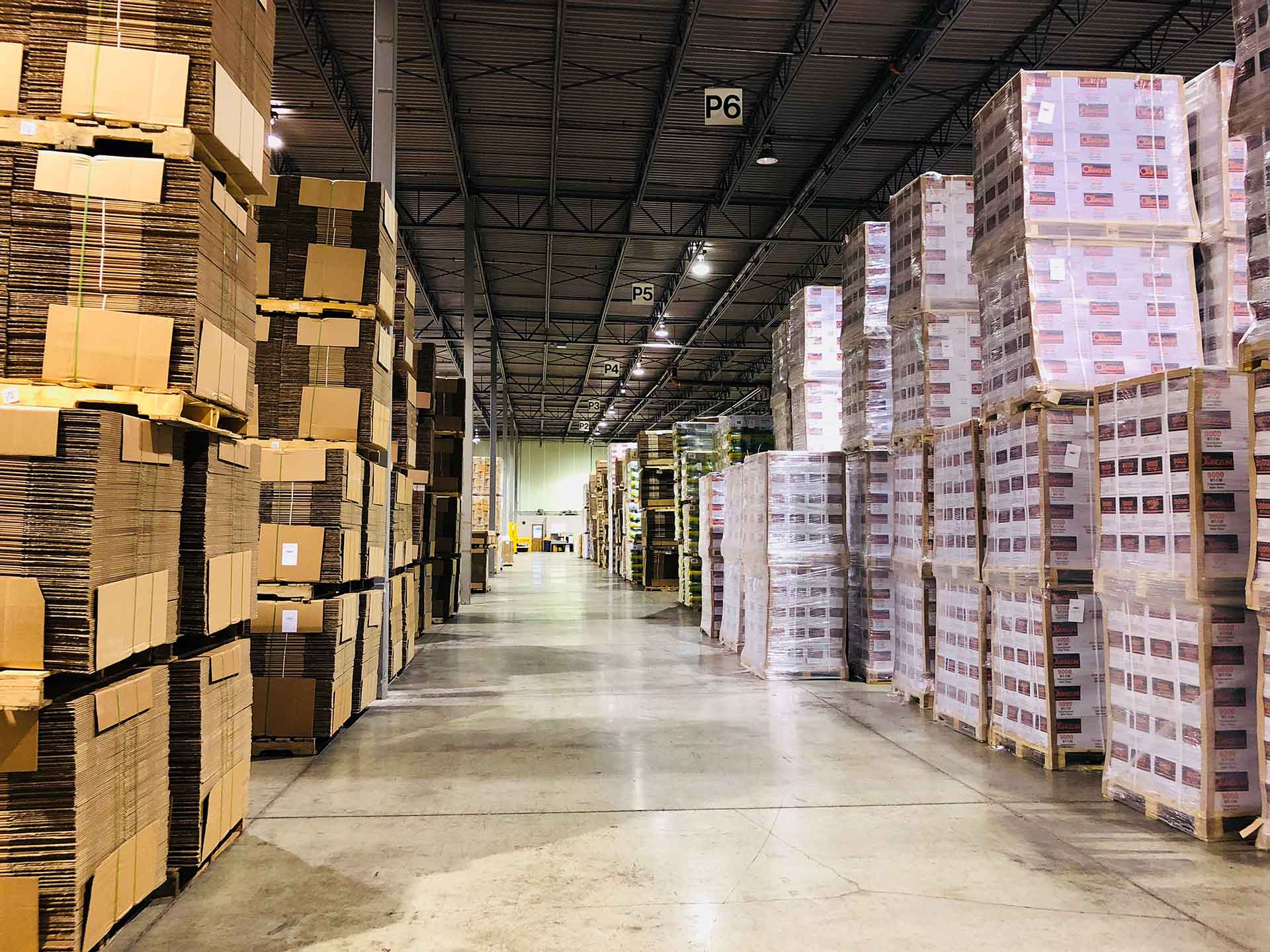
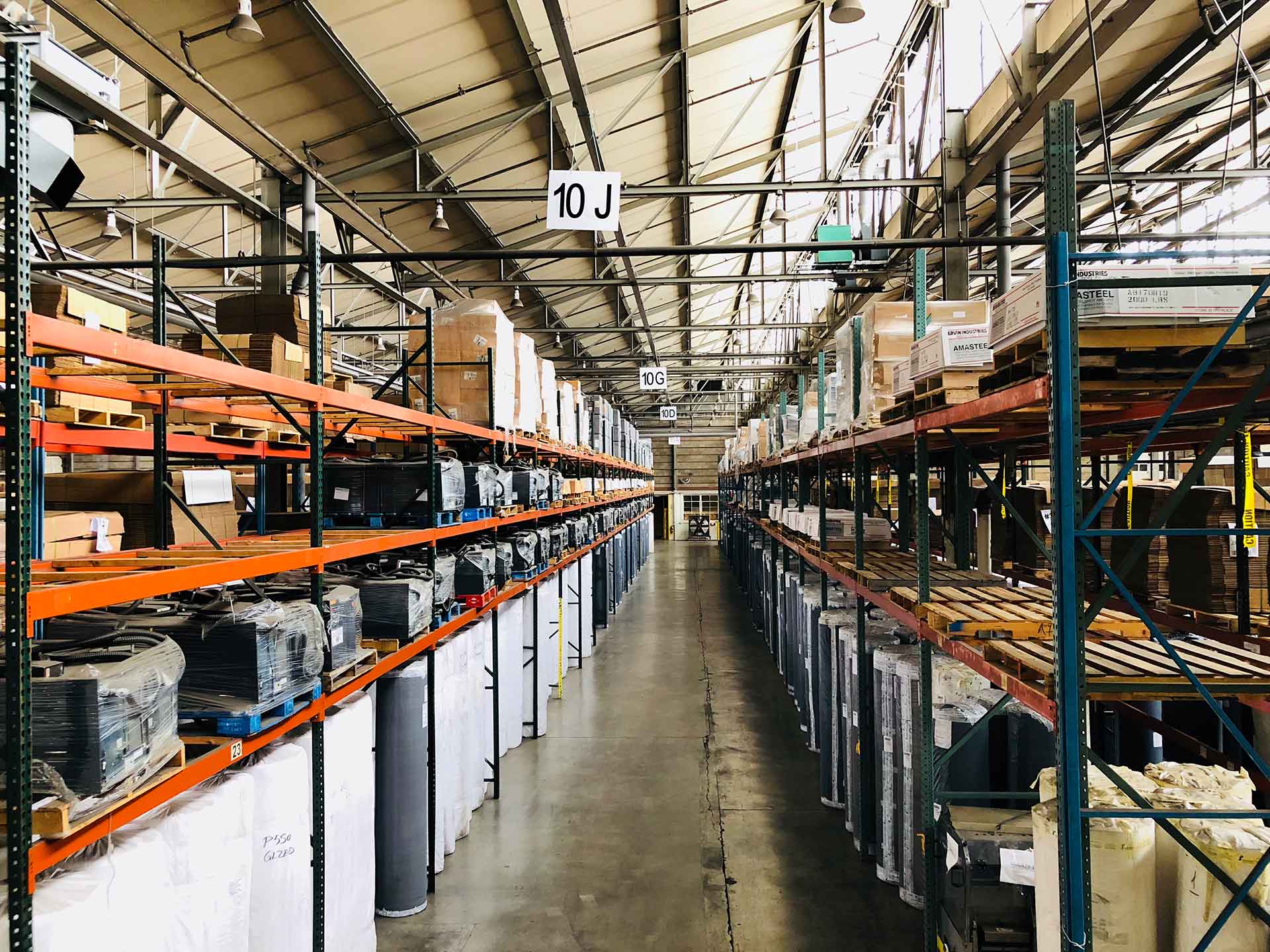

Leave a Reply
You must be logged in to post a comment.